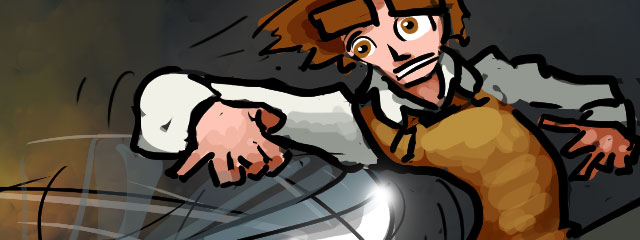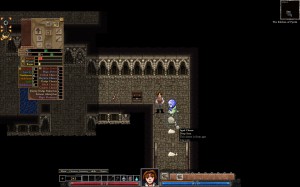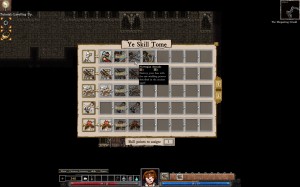I’m going to quote a post in whole that covered most of what I was meaning to write on this subject but far more succinctly than I imagined possible. Brenda Braithwaite’s post “Design Truth 1”:
Focus on second-to-second play first. Nail it. Move on to minute-to-minute, then session-to-session, then day-to-day, then month-to-month (and so on). If your second-to-second play doesn’t work, nothing else matters. Along these lines, if your day-to-day fails, no one will care about month-to-month, either.
This seems like an excellent imperative to good game design – especially a mechanics-based game. In counterpoint, (though I could quibble about “good” vs “successful” design) whole games are built on hooking players with long-term investment, be it emotional, social, or time (read: sunk cost fallacy), rather than refined short-term, low-level gameplay (see: grindy MMOs, Zynga), or some kind of story that players get invested in despite the gameplay (see: Final Fantasy games). I think an argument can be made for classifying games according to higher-level design philosophy. But yes, Dredmor’s core is certainly in the mechanics. Well; the mechanics and the insanity, which might count as “story” content though ours is decidedly nonlinear. But I digress. I’ll be doing a lot of that.



